Under Construction . . . .

Six years ago, when I had nothing but an endless supply of time, I stumbled upon the old Yashica MF-2 in my parents' closet.
Being able to "frame" time and thus "life" itself in a space.....
before everyone and everything in it eventually and inevitably turns to shit fascinated the little teenage me to no end.
But as a high school NEET with no money (and being born in 10 years too late), shooting film was out of the question.
So, I did the next best thing: I dedicated time and tried to learn everything I could about photography, not as a craft but as an art.
Here I have chosen to write my findings, in hope that it may help a passing stranger and also for me, to come back and find the fire if I misplace it along the way. So here it goes:
With every piece of art there are artists and with artists, there are philosophies and with philosophies,
There comes banger quotes:
The World Cares Nothing For Us
However much we care about the world, the world cares nothing for us.
That simple and clear reality is where I start.
The world which displays itself before our eyes may seem very remote from "me,"
but this doesn't imply at all that the worlds has cast "me" out;
that statement implies only that a wounded human feels that the world has rejected him.
Landscapes are landscapes. They simply exist with no regard for "me."
Unlike our interior landscapes, they are not at all obscure.
The reason one takes a camera in hand is to break the link that seems to bind the landscape to the self.
- Osamu Kanemura
Part 1 : Moriyama
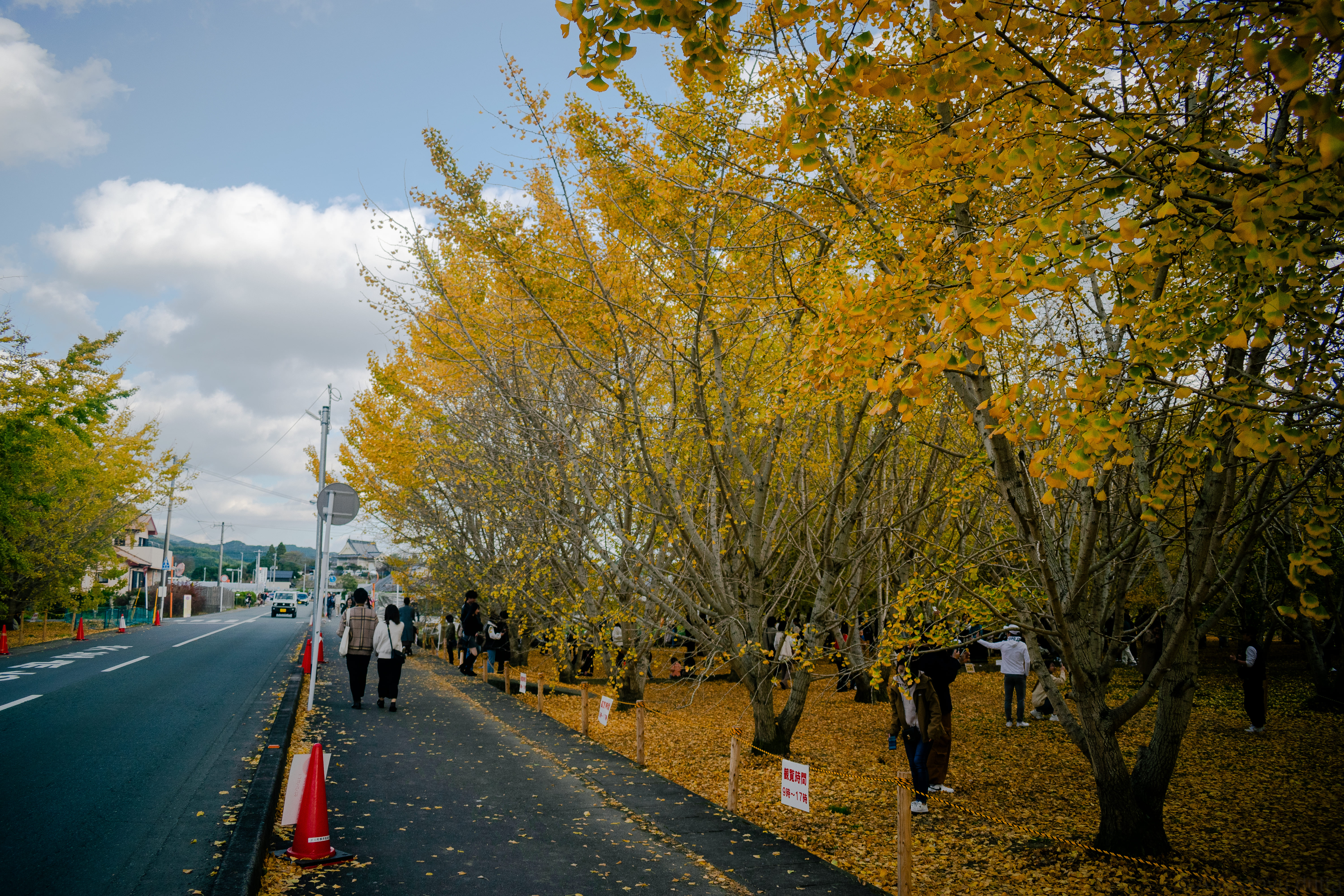
Japan... Is a beautiful place.
You know that. I know that. Everyone and their mother knows that.
You point your phone to literally any general direction in Japan and it's an instant 10/10 Insta-worthy pic (or whatever the zoomies call it).
This is not magic (I really thought it was) rather this is a product of Japanese society and their culture;
which highly values perfection and saving "face" in the society. inside and outside.
Trousers meticulously ironed, creases align with the tip of the boots, every speck of fallen leaves swept off from the road,
fishes released in the drains for aestheticmaxxing all that kinda stuff.
Dirtyness itself is a curse to be exorsiced, a pest to be exterminated before midnight...
As if it never existed in the land of the rising Sun
Having grown up in such a society a photographer going by the name of Daido Moriyama started shooting pictures.
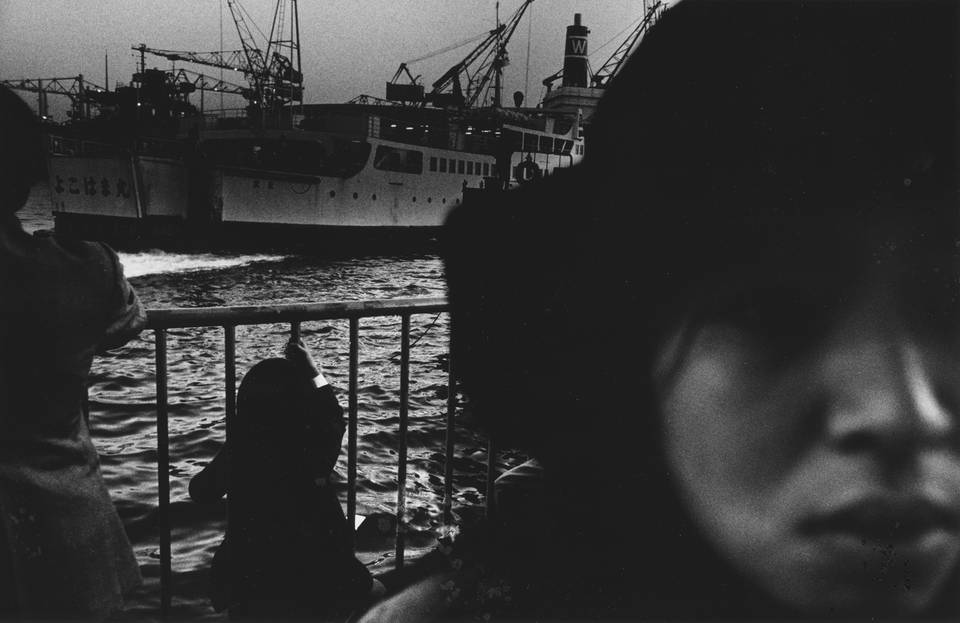
Dark gritty pictures,
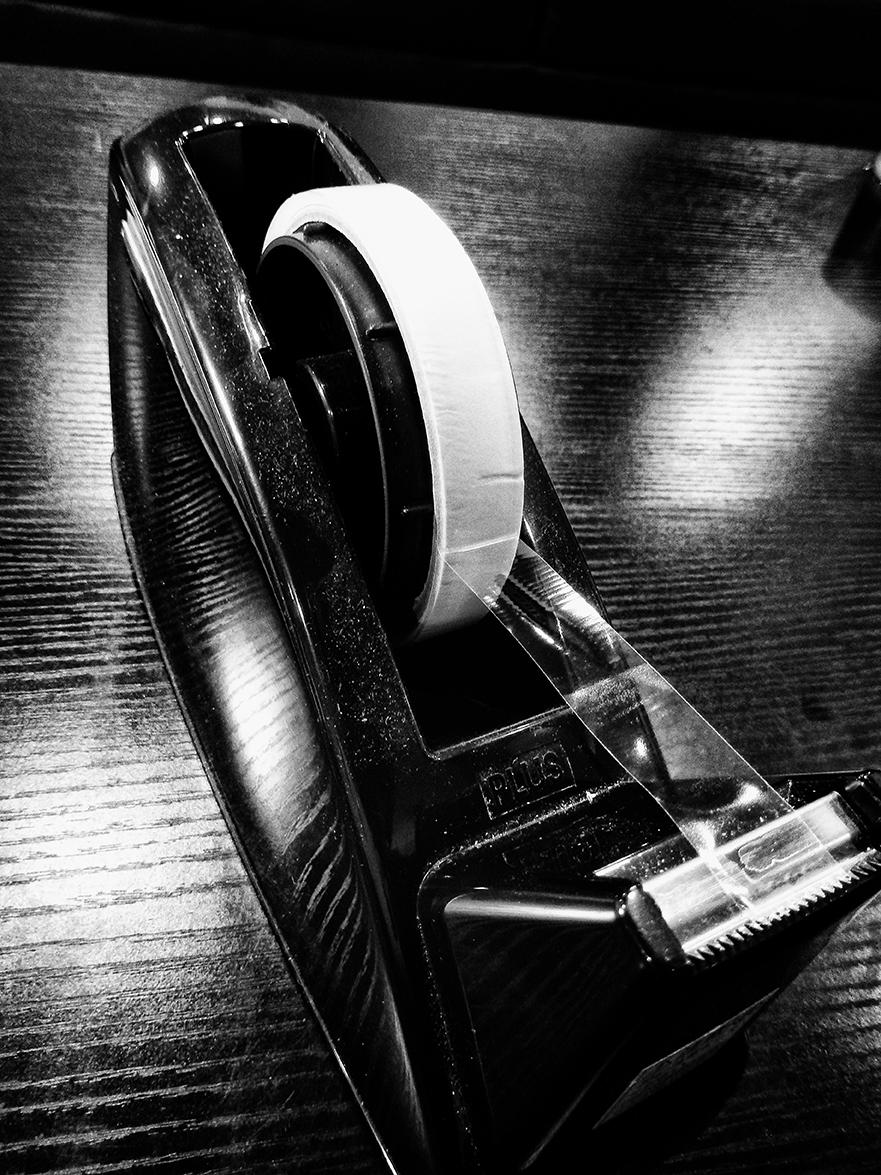
some may even call them shitposts;
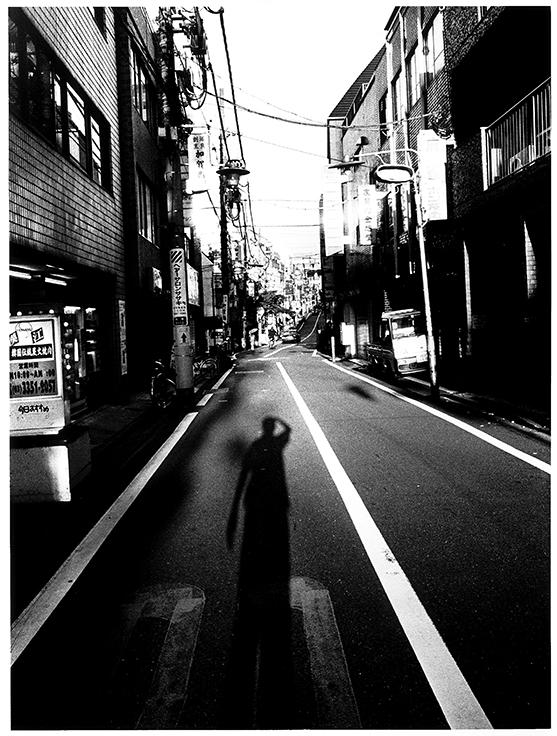
badly composed, blurry messes, fked up exposures, totally random subjects
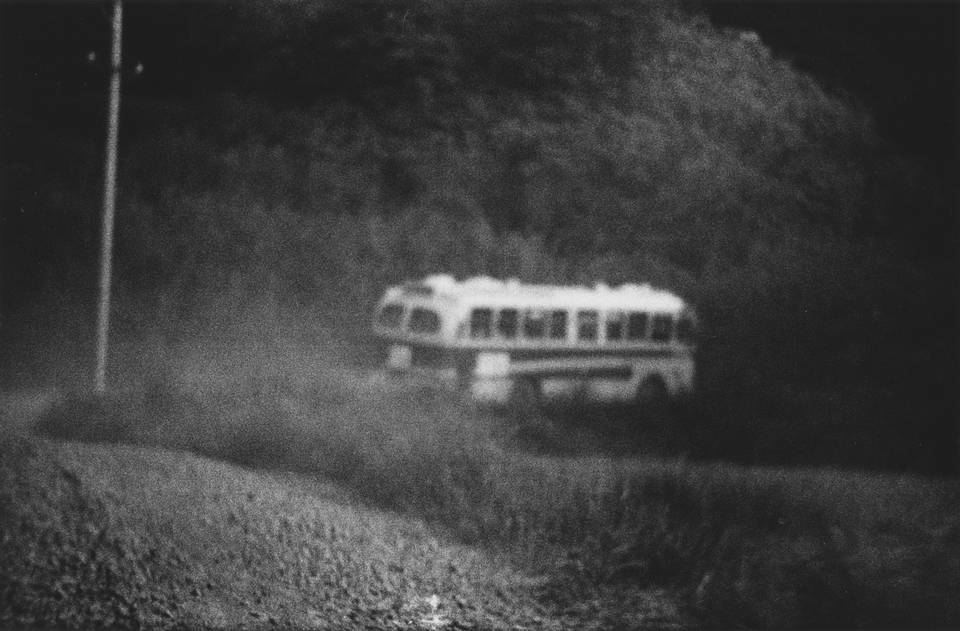
One surely has to be the dumbest bufoon to be shooting and publishing books with such pictures in beautiful Tokyo,
Or the most astronomical genius.
Let's me take a break photography here and segway into another medium of art for a moment: Poetry.
As someone who casually clicks links and reads blogs on internet (read: pretty cool guy/gal ;)
you might know of Haiku, The Japanese poetic form consisting of 17 syllables (5-7-5)
The pretty famous haiku we got is:
古池や
蛙飛び込む
水澄む
- By Matsuo Basho
Translated to English, it is often interpreted (poorly) as:
An old silent pond...
A frog jumps in,
The sound of water...
In a few words, he creates a moment of nature for you to step into
Haiku is about capturing the essence of a moment, often with a focus on nature and simplicity.
It is a form of poetry that embraces the beauty of what might initially seem mundane, boring or unimportant.

The yellow snow will fall regardless,
without a care about
the one who sweeps it tomorrow.
- my dumbass larping as a poet
This way of thinking... Finding beauty in seemingly mundane everyday things is famously called Wabi-Sabi.
Described As- Leonard Koren writes in Wabi-Sabi for Artists, Designers, Poets & Philosophers:
"Wabi-sabi is the beauty of things modest and humble. It is the beauty of things unconventional."
There is a quiet magic in the way things fade.
A teacup, cracked from years of use, holds the memory of warmth better than a flawless one ever could.
The peeling paint on an old wooden door tells more stories than a freshly varnished surface.
A haphazardly shot blurry mess of a photograph can narrate your memories,
things you felt, better than a calculated/manipulated perfect shot ever can.
One hangs behind the door on the wall
and one stays hidden between the pages of your scrapbook along with your deepest and purest things you felt.
This is wabi-sabi---the art of loving what is broken, fleeting, incomplete and imperfect
(see? If someone ever calls you a loser, just smirk.. knowing they are too dumb to get the wabi sabi lol)
It is still baffles to me how the Japanese believe in the concept of loving the imperfections
but at the same time also believe in hiding their true selves and all the ugliness in society as I mentioned in the first paragraph.
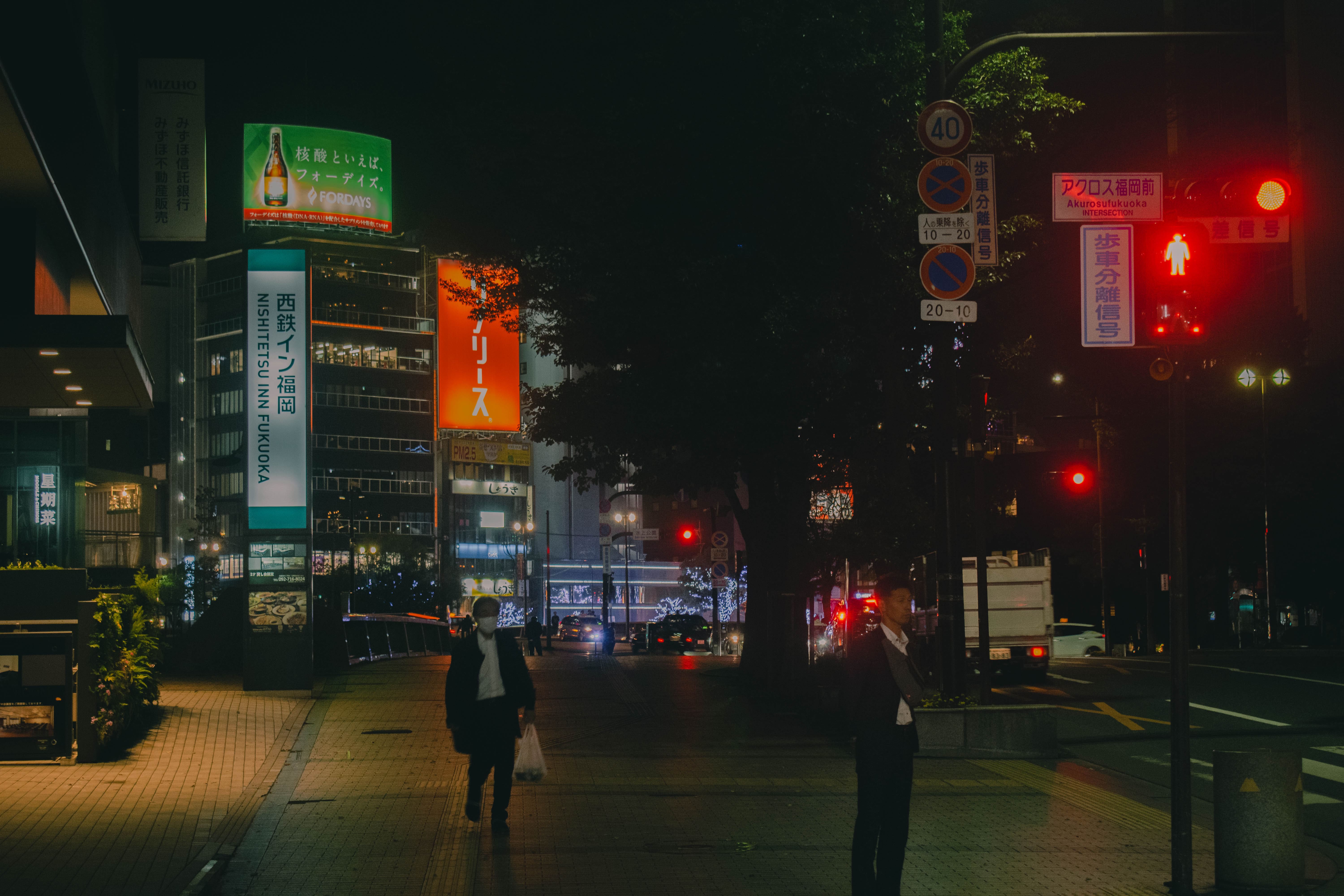
Something I pondered every once in a while I live here. Guess they are both sides of the same coin,
or rather something along the lines of "imperfections and ugliness are beautiful only if it's aesthetic" maybe.
If you have any answers to this or you are a Japanese person please write your thoughts in the guestbook or my email.
Would love to chat about it.
Anyways, back to Photography here!
Daido Moriyama wrote a book called "MEMORIES OF A DOG" (inu no kiyoku)

In his book, he talks about his youth and his experiences with moving.
He had a feeling that he had no hometown.
For him, photography during his travels is a part of his search for the feeling of having a "hometown".
collecting pieces from all over the streets, in an effort to create what he was not given by fate.
He also talks about his struggles: Memory.
Where is the boundary between memory and reality? I think this philosophical questioning is reflected in his photos,
which read like faded memories.
The title of the book comes from a photo of a dog he took:
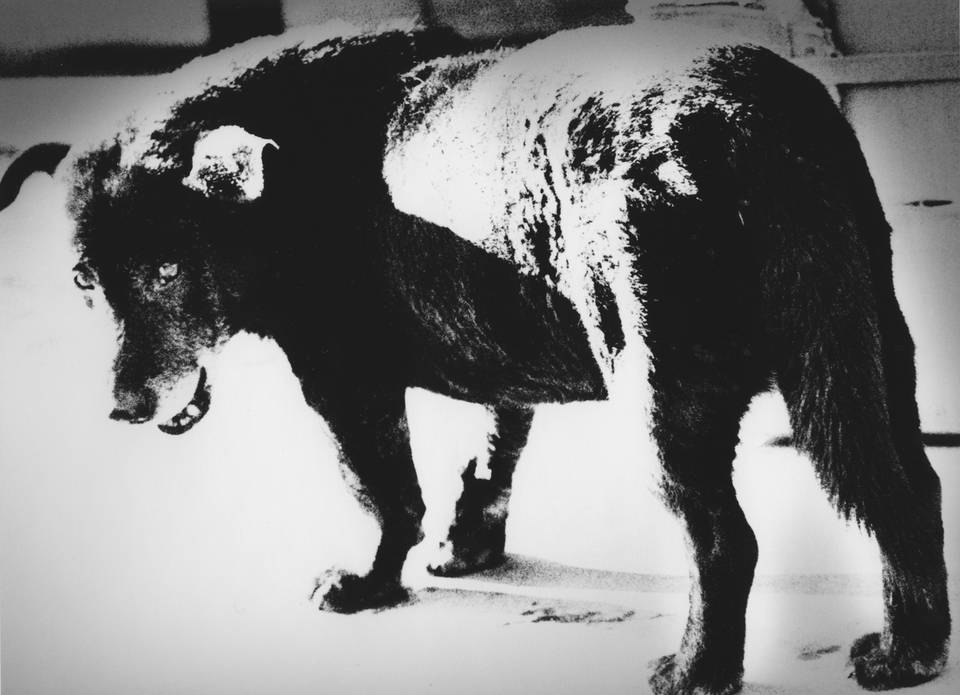
A dejected, dirty stray dog (pretty iconic pic and also a metaphor for him)
who wanders the streets and (dirty) alleys
away from the clean and pristine Japan streets (where stray dogs are not allowed).
Just like stray dogs seek food in the dirty alleys, Moriyama seeks images in the same places.
My childhood experiences too, are full of moving due to family circumstances.
Making friends just to say farewell a few months later,
make new friends in new places,
rinse and repeat until you give up eventually.
The way Moriyama approached life and his work made a lot of sense to me. Something which made me love the craft evermore.
anyways, while we are still on the topic of dogs, here's a picture of a good boi:
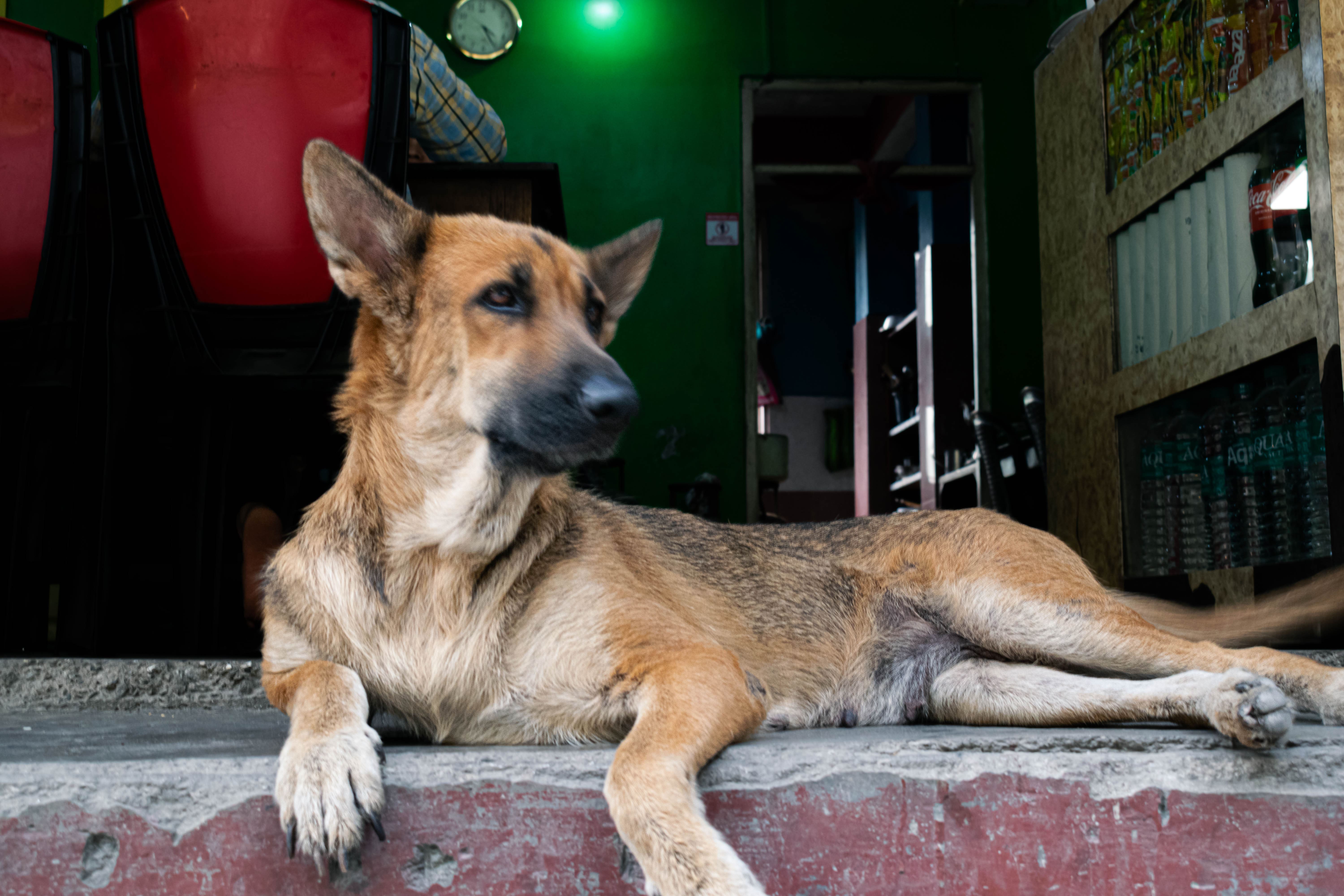
Part 1 to be continued ...
Part 2 : PROVOKE
Picture this: It's 1968. Japan is a pressure cooker of student riots,
anti-war protests, and a generation screaming into the void of post-war consumerism.
Meanwhile, in a smoky Tokyo bar,
four guys---armed with cameras, cigarettes, and zero patience for pretty pictures---
plot to blow up photography as the world knows it.
Thus, the PROVOKE movement was born.
(pics sourced from https://www.1854.photography/2018/11/50-years-since-provoke/)
The Unholy Trinity (Plus One)
The founding misfits:
- Takuma Nakahira -- The mad theorist who wrote essays like he was throwing Molotov cocktails.
- Kōji Taki -- The critic who probably wore sunglasses indoors.
- Yutaka Takanashi -- The quiet one who let his camera do the yelling.
- Takahiko Okada -- The poet who probably scribbled manifestos on napkins.
And then, Daido Moriyama showed up for Issue 2
Their Manifesto (Or: How to Piss Off Every Traditionalist)
Their mission statement was basically:
"Words are dead. Reality is a mess. Here's some grainy, blurry, chaotic photos---deal with it."
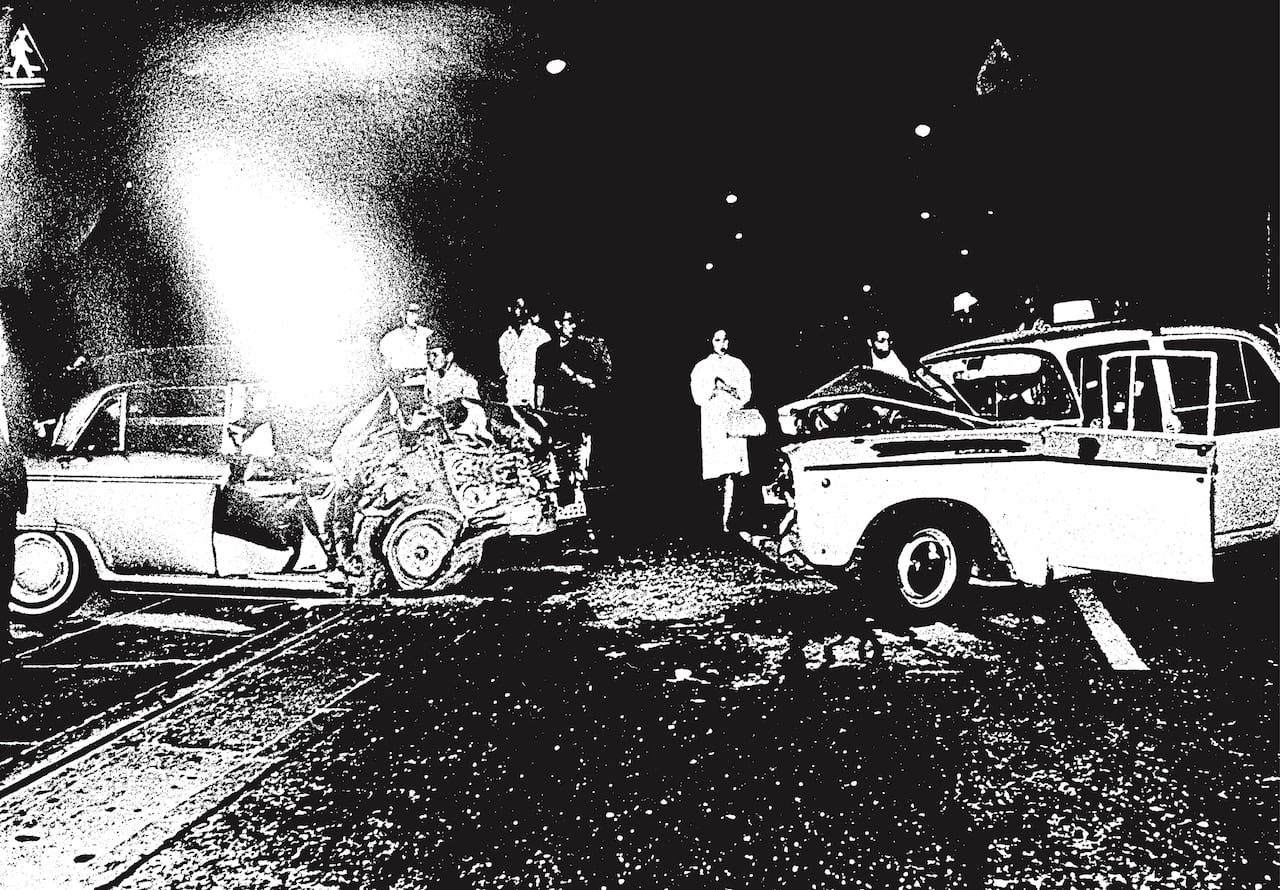
They called it are-bure-boke (粗い・ブレ・ボケ)---
literally meaning "grainy, blurry, out-of-focus."
a middle finger to the clean, polished photography of notable western artists of the time
Here are some cool facts about the magazine::
The Magazine That Lasted as Long as a Cigarette
- Only 3 issues (1968--1969), each printed in 1,000 copies (because who needs mass appeal?).

© Nitesha, 201
- Layout? Imagine if a ransom note and a punk zine had a baby. Text bled into photos, margins didn't exist, and every page looked like it was printed in a back-alley basement

- Content? Photos of alleyways, stray dogs, protest chaos, and existential dread. No captions. No explanations. Just vibes.






Photography was a Weapon
This wasn't National Geographic. It was raw, unfiltered reality---
like if your drunk uncle's vacation photos were actually profound.
The group was like your stereotypical Japanese high school deliquents,
breaking every rule in photography was an any% speedrun
The Aftermath
After PROVOKE imploded, its members went on to define Japanese photography:
- Moriyama became the godfather of "shoot first, think never" philosophy of street photography.
- Nakahira wrote For a Language to Come, a book so dense it probably requires a PhD to fully unpack.
- The rest faded into legend, leaving behind a trail of rare magazines that now sell for more than $20,000 USD
PROVOKE lasted less than a year, but it changed photography forever
even 50+ years later guys like me who weren't even alive back then
are writing down their legacy down at 3am on a Monday morning.
Fast-Forward to present day, we face a similar dilemma as the guys who started the PROVOKE movement.
Perfection has slowly creeped up in our generation
When we see someone's instagram, someone's perpetually "under construction" self-hosted site, or someone's resume...
We look for clarity, we look for perfection.
Modern media .. be it movies, series all of them are now shot with predefined algorithms,
based on data on what users like.
We have given up on portraying the mundane.
Perfectly aligned shots with AI camera filters to crank perfection up to 12.
AI writers to make your post "perfect",
AI tools to make your music sound perfect.
You can add more to the list, we are victim of the same times.
Perhaps that's why you are here...
Reading broken people's broken thoughts
scribbled over half-broken sites in a hidden corner of the internet.....
looking for genuine stupidity in a world full of artificial intelligence?
Yeah this rant is pretty stupid I'd admit.
I was talking about Japanese photography right....
Part 3 : Kanemura
So, after the PROVOKE movement, there was a guy who came along and said, "Hold my beer."
His name was Osamu Kanemura.
Kanemura is also a photographer from Tokyo and his work can strangely be described as 80's cyberpunk.

He shot with a plaubel Makina 6x7 (I'll write more about this meme of a camera later) in his famous work
titled "Spider Strategy" which portrays the then aesthetic capital of the world as this pretty serial experiments
lain-esq tangled-with-wires dystopia.

Buying his photobooks at the time surely must have felt like paying for garbage and believe me people really loved to shit on him for it.
Folks at that time were probably trying their best with post-war recovery efforts... Trying to fix the country's image and the city and here was this magazine delivery boy selling photobooks full of the most unholy, untidy, dirtiest corners of the capital city, so his fan mail must have been 90% death threats.
"I don't want to create a main character and provide a central focus for the image" "Everything showed in these pictures is significant. I don't want to express hierarchy between different elements" - he says.
I believe this man hated the city. Saw it as a toxic ex now her nudes he must leak to the world to see
Borrowing words directly from his website;
The World Cares Nothing For Us
However much we care about the world, the world cares nothing for us. That simple and clear reality is where I start. The world which displays itself before our eyes may seem very remote from "me," but this doesn't imply at all that the worlds has cast "me" out; that statement implies only that a wounded human feels that the world has rejected him. Landscapes are landscapes. They simply exist with no regard for "me." Unlike our interior landscapes, they are not at all obscure. The reason one takes a camera in hand is to break the link that seems to bind the landscape to the self. - Osamu Kanemura
This is the same philosophy that Daido Moriyama had, but Kanemura took it to a whole new level.
He didn't just want to capture the mundane; he wanted to capture the chaos, the noise, the clutter of modern life.
His photos are like a visual representation of the noise in your head when you open Twitter or Instagram.
He was like the punk rock of photography, flipping off the establishment and saying, "This is what the world really looks like."
His work is a reminder that photography doesn't have to be pretty or perfect; it can be raw, messy, and real.





